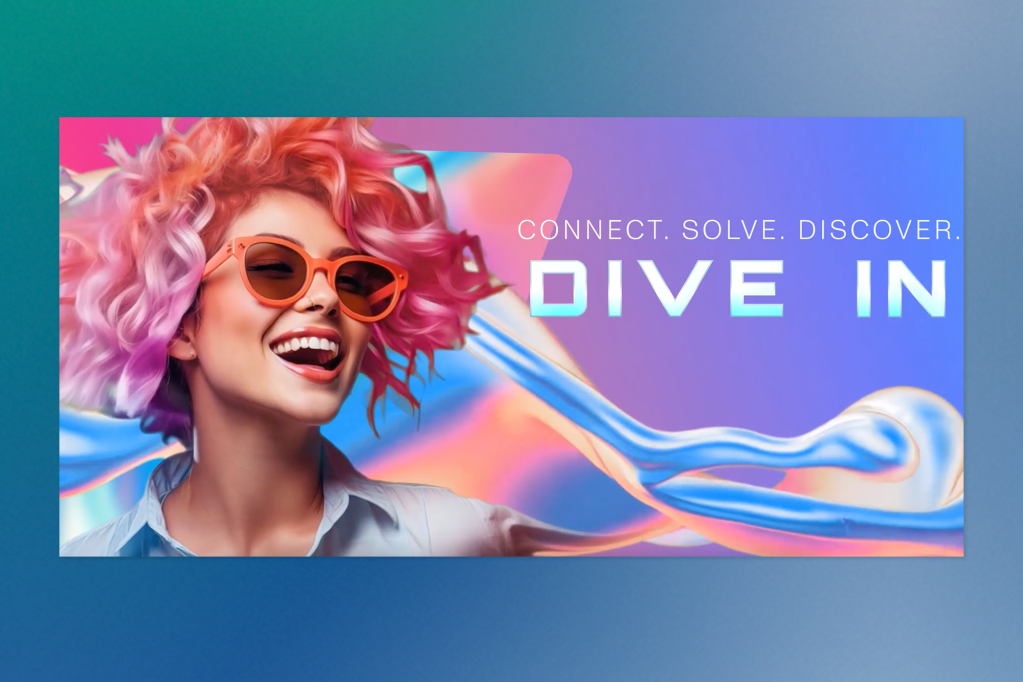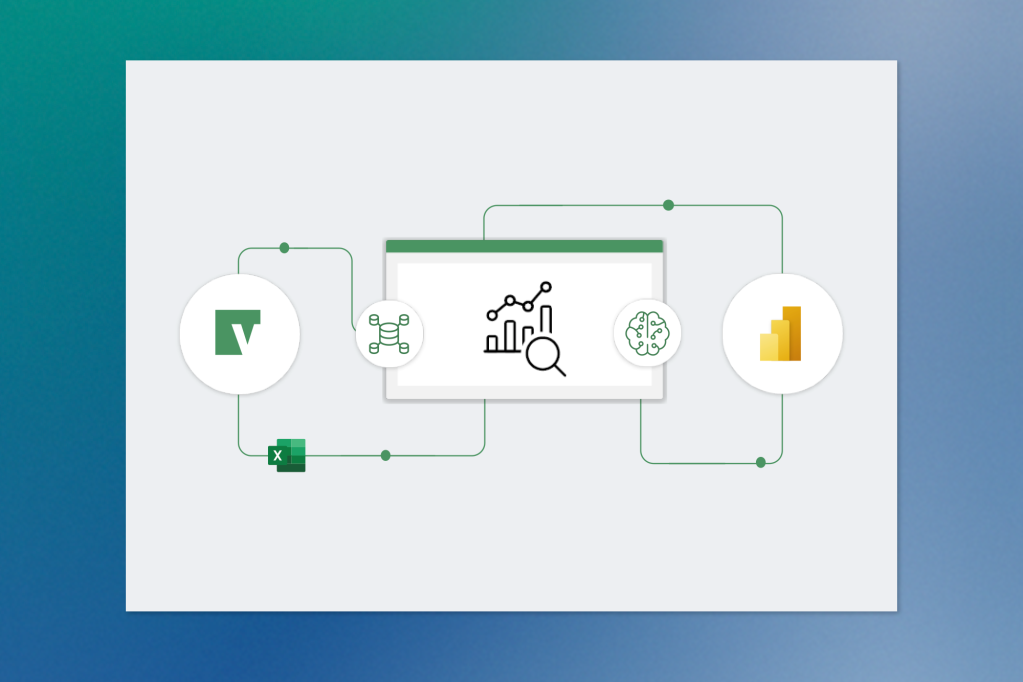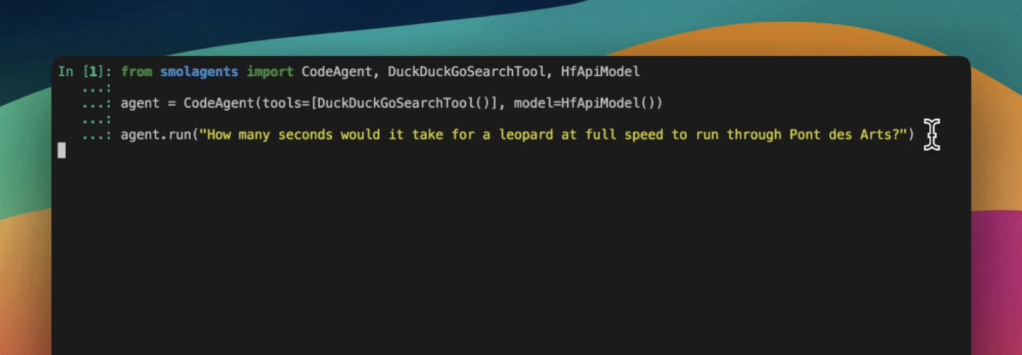In this update, we examine the capabilities of Hugging Face’s smolagents—a tool engineered to boost AI flexibility. We’re also preparing for CES 2025, which is expected to showcase significant tech and AI breakthroughs. On another front, Nvidia is reshaping GPU orchestration by acquiring and open-sourcing Run:ai and Vena Insights is enhancing how businesses analyze and act on data. Join us as we dissect these developments.
Hugging Face Launches smolagents: Simplifying Agentic AI Systems
The Hugging Face team has unveiled smolagents, a lightweight framework designed to simplify the creation of agentic systems for language models. By combining tools like search engines, APIs, and custom-built functions, smolagents enables developers to build flexible workflows that adapt to real-world tasks.
What Are AI Agents?
AI agents allow language models to control the flow of a task, moving beyond fixed workflows. They integrate LLM outputs into decision-making processes, making them ideal for dynamic tasks like customer support or travel planning, where pre-defined workflows often fall short.
How smolagents Works
smolagents introduces CodeAgent, which enables actions to be written in code instead of JSON. This approach leverages the language models’ familiarity with programming languages, ensuring a more effective and flexible system design. Additionally, the framework supports a wide range of LLMs and integrates seamlessly with the Hugging Face Hub.
Key Features
- Simplicity: Minimal abstractions for a more straightforward development process.
- Flexibility: Works with any LLM, supporting open models and platforms like OpenAI and Hugging Face.
- Security: Runs in sandboxed environments, ensuring safe execution of code.
- Interoperability: Seamless integration with Hugging Face Hub to share and load tools.
Why It Matters
Agentic systems unlock new possibilities for LLMs, particularly in scenarios where fixed workflows fail. From handling nuanced customer requests to multi-step problem solving, smolagents provides a robust framework for developing competent, more adaptive AI systems.
Who Should Explore smolagents?
If you’re working on projects that require dynamic workflows—like travel planning, customer support, or data-driven decision-making—smolagents offers a streamlined way to build agents capable of tackling real-world complexity.
CES 2025: Key Trends and How to Tune In
The Consumer Electronics Show (CES) 2025, taking place from January 7-10 in Las Vegas, remains a global platform for unveiling the latest technology. With over 135,000 attendees and 4,300 exhibitors last year, this event continues to draw attention from companies showcasing advancements across industries, from consumer electronics to AI-driven solutions. https://www.ces.tech/
What to Expect: Smart Glasses and Computing Upgrades
This year, smart glasses are set to gain more visibility. Devices such as the Meta Ray-Ban and RayNeo Air AR glasses aim to bridge convenience and advanced functionality, offering users tools like AI-assisted capabilities and augmented reality displays in compact designs.
The computing industry will also see notable updates, with major brands unveiling new chipsets and processors. Intel, AMD, and Qualcomm are expected to introduce their latest innovations, while both Nvidia and AMD will likely reveal new GPUs tailored for next-generation performance and efficiency.

Expanding AI Integration Across Devices
AI is becoming a core element of many product categories, moving beyond dedicated hardware to being embedded in everyday tools and appliances. This year’s CES will likely feature products that integrate AI in practical ways, from translation devices to household systems, reflecting its growing role in consumer technology.
Key Presentations to Watch
Nvidia: On January 6 at 6:30 PM PT, CEO Jensen Huang will take the stage, offering a look at the company’s latest advancements in GPU technology. As a leader in AI infrastructure, Nvidia’s announcements are likely to influence multiple sectors, including robotics, gaming, and autonomous systems.
AMD: Scheduled for earlier the same day at 11:00 AM PT, AMD’s presentation is expected to introduce updates to its GPU lineup, potentially expanding on its RDNA 4 architecture and unveiling new products in the RX series.
Samsung: This year, Samsung will focus on AI-integrated home devices rather than mobile technologies. With its theme “AI for All: Everyday, Everywhere,” the company could introduce next-generation technologies designed to enhance daily routines, including smart appliances and display technologies.
How to Watch CES 2025
CES 2025 will be available to stream online through official channels for those not attending in person. Keynotes and product announcements will be accessible to a global audience, ensuring remote viewers can stay informed about the latest developments.
Nvidia Acquires and Open-Sources Run:ai in a Strategic Move for AI and GPU Orchestration
Nvidia has successfully completed its acquisition of Run:ai, a leader in GPU resource orchestration for AI, with the transaction valued at approximately $700 million. This acquisition highlights Nvidia’s growing dominance in AI chip production and represents a significant shift toward the open sourcing of crucial technologies.
Established in 2018, Run:ai has been at the forefront of optimizing GPU cloud management to enhance the performance and efficiency of AI infrastructures. This strategic move by Nvidia, whose market valuation has reached an impressive $3.56 trillion, making it the most valuable company globally, occurs amid increased antitrust scrutiny faced by tech giants like Microsoft during significant acquisitions.
To mitigate potential regulatory challenges and further democratize AI development, Nvidia intends to open-source Run: ai’s software. This groundbreaking initiative will enhance the software’s accessibility and versatility, broadening its application across the entire AI ecosystem beyond just Nvidia’s GPUs.
The merger of Run: ai’s capabilities with Nvidia’s technological framework intends to offer unparalleled flexibility and efficiency in AI infrastructure management, whether on-premise, in the cloud, or through the Nvidia DGX Cloud, which is co-engineered with leading Cloud Service Providers (CSPs).
Weekly Tool Highlight: Vena Insights
This week’s tool highlight is Vena Insights, a robust reporting and analytics solution designed to transform business planning by integrating data analysis directly into your workflow. With embedded Power BI and Microsoft’s cutting-edge AI and machine learning capabilities, Vena Insights provides real-time access to data, streamlining decision-making and boosting productivity.

Key Features
- Real-Time Data Access: Analyze your Vena data instantly without switching between tools, saving time and effort.
- Self-Service Analytics: Empower team members across the organization to create insights and share reports through a user-friendly natural language interface.
- Pre-Built Dashboards: Gain instant insights with intuitive, customizable dashboards that require minimal learning.
- Advanced AI Capabilities: Leverage predictive analytics, anomaly detection, and machine learning models to uncover trends, optimize forecasts, and enhance decision-making.
- Data Security: Ensure safe data sharing with centrally managed role- and data-based permissions.
Who Should Try It?
Finance teams, analysts, and decision-makers looking to enhance their business planning and reporting processes might find Vena Insights invaluable. Its intuitive interface, scalability, and advanced analytics make it a game-changer for organizations aiming to maximize efficiency and uncover strategic opportunities.
Keep ahead of the curve – join our community today!
Follow us for the latest discoveries, innovations, and discussions that shape the world of artificial intelligence.


